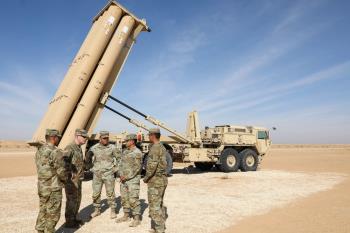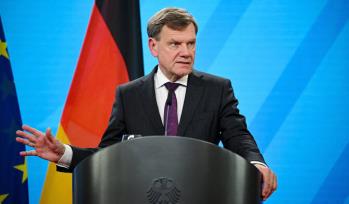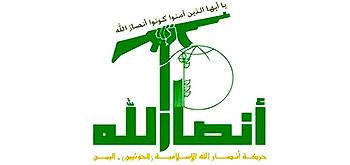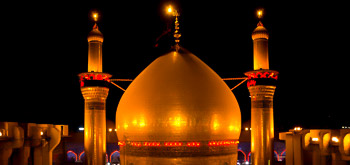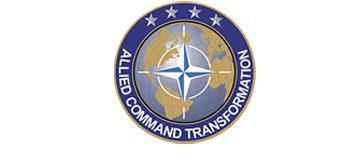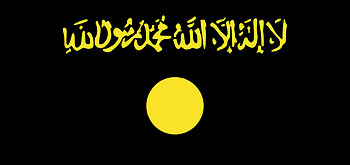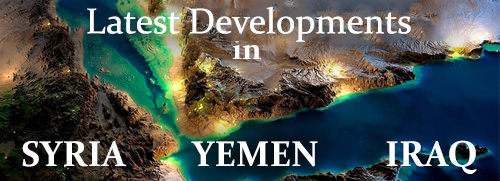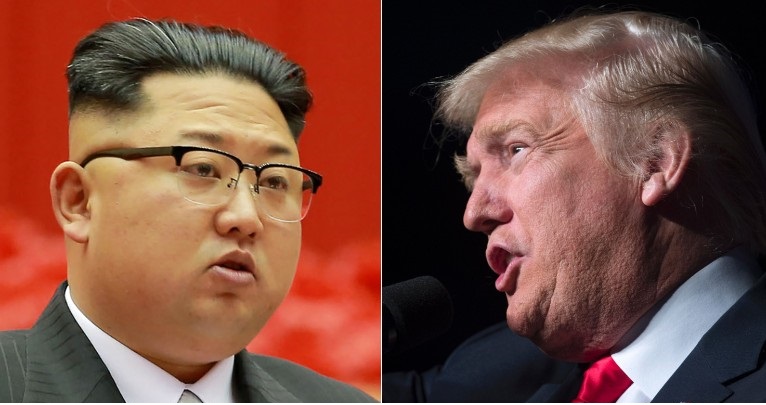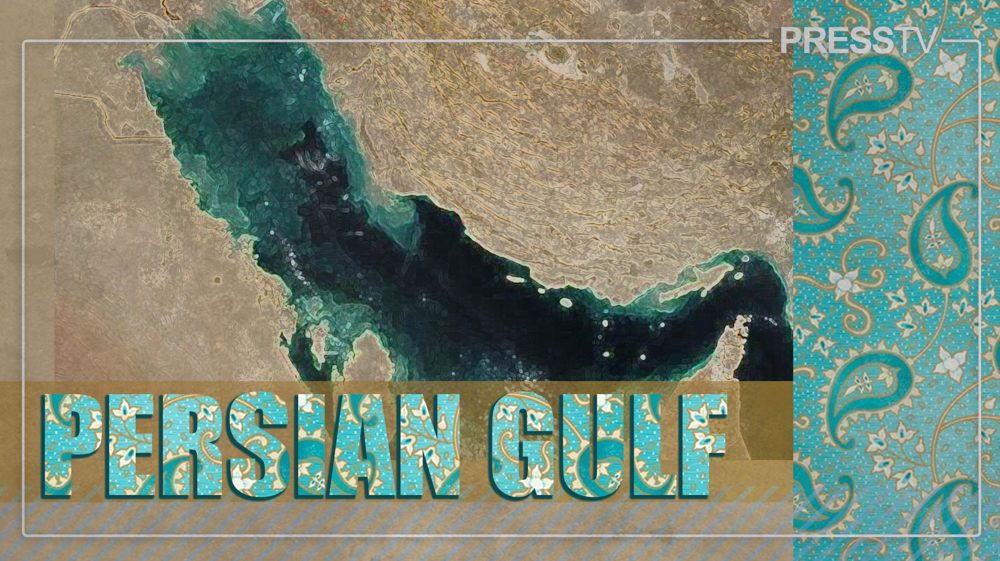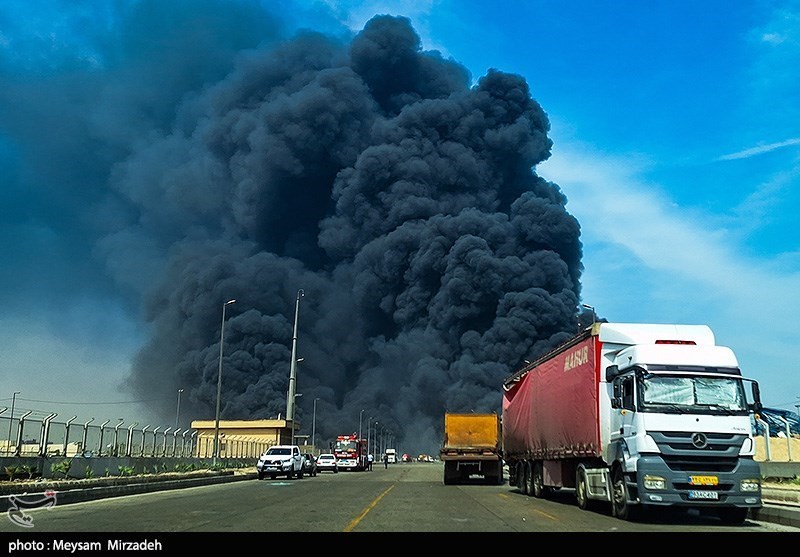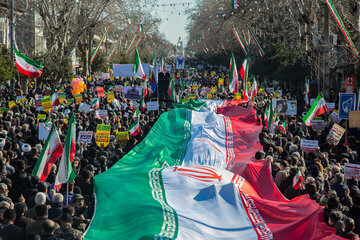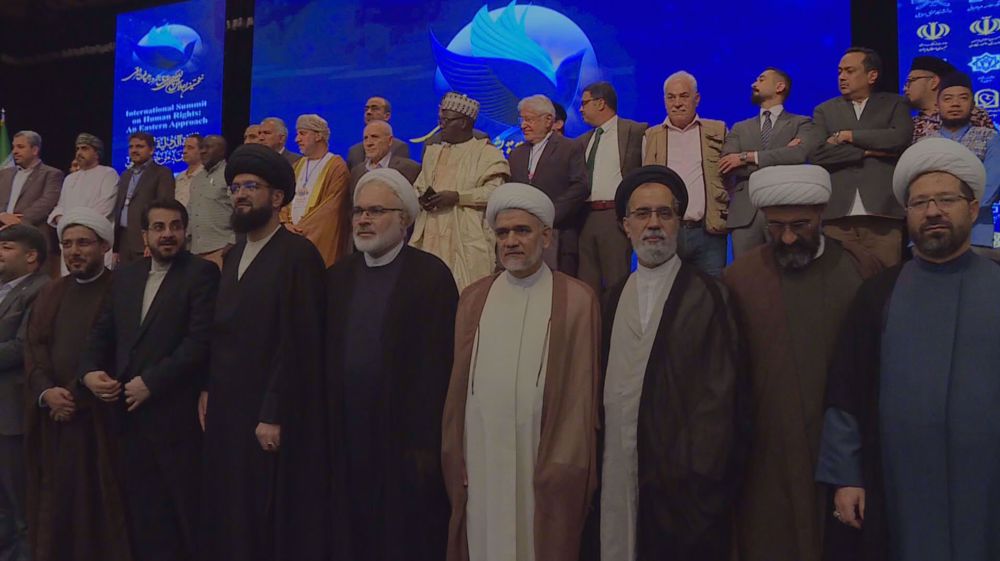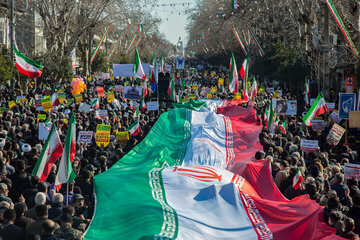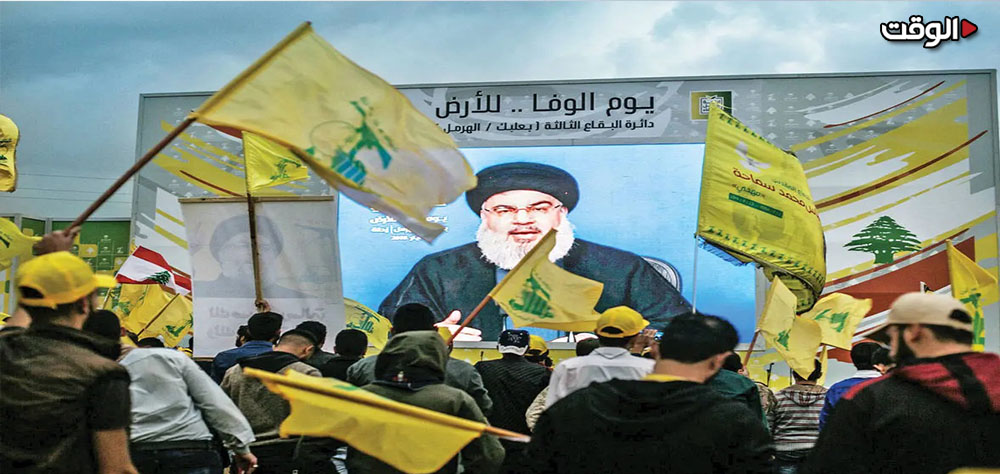Alwaght- The United States recently threatened North Korea with military action prompting Pyongyang to respond with tough rhetoric as Korean Peninsula tensions increase.
US Secretary of State Rex Tillerson recently warned that US military action against North Korea is an "option on the table".
Speaking on a visit to South Korea, he said he would end the policy of "strategic patience", according to which the US tolerates nuclear tests and missiles from North Korea. Donald Trump’s top foreign policy official said the US will explore a range of military options, alongside diplomatic, security and economic measures.
Tensions are rising between North and South Korea after a range of military drills and presence of US troops in the region which are deemed as provocative by Pyongyang.
Provocative military drills
The US and South Korean military chiefs spoke last Tuesday on the ongoing military drills between the two countries which started on 1st of March and are expected to continue until the end of April. The exercise last year involved about 17,000 American troops and more than 300,000 South Koreans. South Korea has said this year's exercise would be of a similar scale.
North Korea fired four ballistic missiles into the sea off Japan earlier this month in response to annual US-South Korea military drills, which the North sees as preparation for war.
Furthermore, the US has installed an anti-missile system in South Korea that is sparking regional anxiety and opposition from North Korea, China and Russia. The system, known as the Terminal High Altitude Area Device, or THAAD, could be operational as soon as summer 2017. Beijing views THAAD as a threat to its own military operations — specifically in the South China Sea.
Russian Foreign Minister Sergey Lavrov has said the THAAD antimissile system is disproportionate to the alleged threat posed by North Korea, which was voiced as justification by both Seoul and Washington.
Technically at war
North and South Korea are technically still at war after their 1950-53 conflict ended in a truce, not a peace treaty.
With 28,500 US troops, sailors, airmen and Marines in South Korea, US forces in South Korea are a major source of tensions in the region and a pointer to the US government's policy of provoking other countries in the region especially North Korea.
In response to US provocations, North Korea has reiterated that it is not frightened by US warnings that pre-emptive military action is on the table. The country’s foreign ministry said in a statement on Tuesday that its expanding nuclear program as a "treasured sword of justice." "If the businessmen-turned-US authorities thought that they would frighten [North Korea], they would soon know that their method would not work," the foreign ministry said according to state news agency KCNA. The statement came after North Korean leader Kim Jong Un announced the ground test of a "high-thrust" rocket engine on Saturday. In other remarks on Monday, Kim threatened to reduce America “to ashes” if “even a single bullet” from Washington is fired toward Pyongyang. North Korea has also released its latest video showing a US aircraft carrier being blown up as it warned Washington against carrying out military action.
US rejects Chinese mediation
Displaying images taken from its own recent ballistic missile launches and US/South Korean military exercises, it then shows a superimposed image of the USS Carl Vinson on fire, with the warning: “A knife will be stabbed into the throat of the carrier.”
Wang Yi, the Chinese foreign minister while describing tensions between the US and North Korea says, “The two sides are like accelerating trains coming towards each other with neither side willing to give way.” A belligerent US has rejected a proposal made by the Chinese government on Mar. 8 for the simultaneous suspension of North Korea’s nuclear weapon and missile development program and of the US and South Korea’s joint military exercises. This rejection smacks of arrogance and will certainly exacerbate tensions and put the region in peril.

